The Differences Between Melamine and China Dinnerware
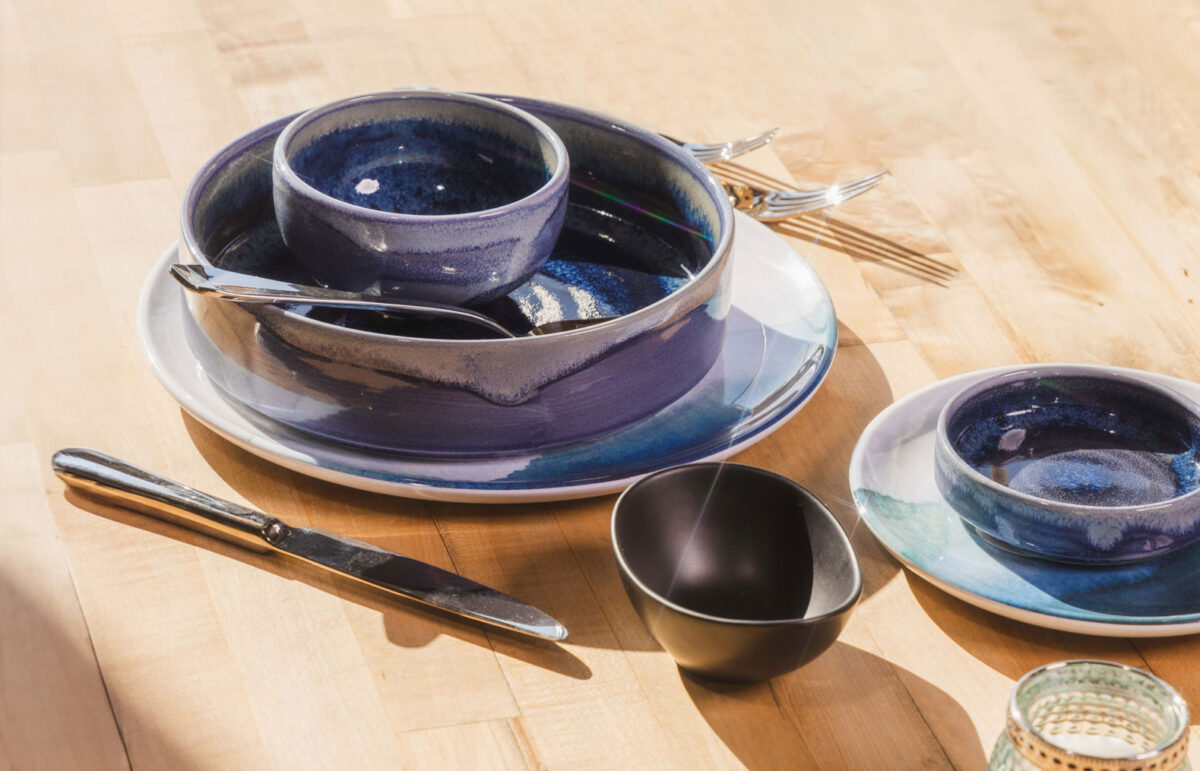
These days, commercial dinnerware covers just about every surface and material imaginable—tree stumps, shovels, and even metal trash can lids. But, until society fully evolves past the need for plates, bowls, and serving trays, two materials will reign supreme in dinnerware: melamine and china.
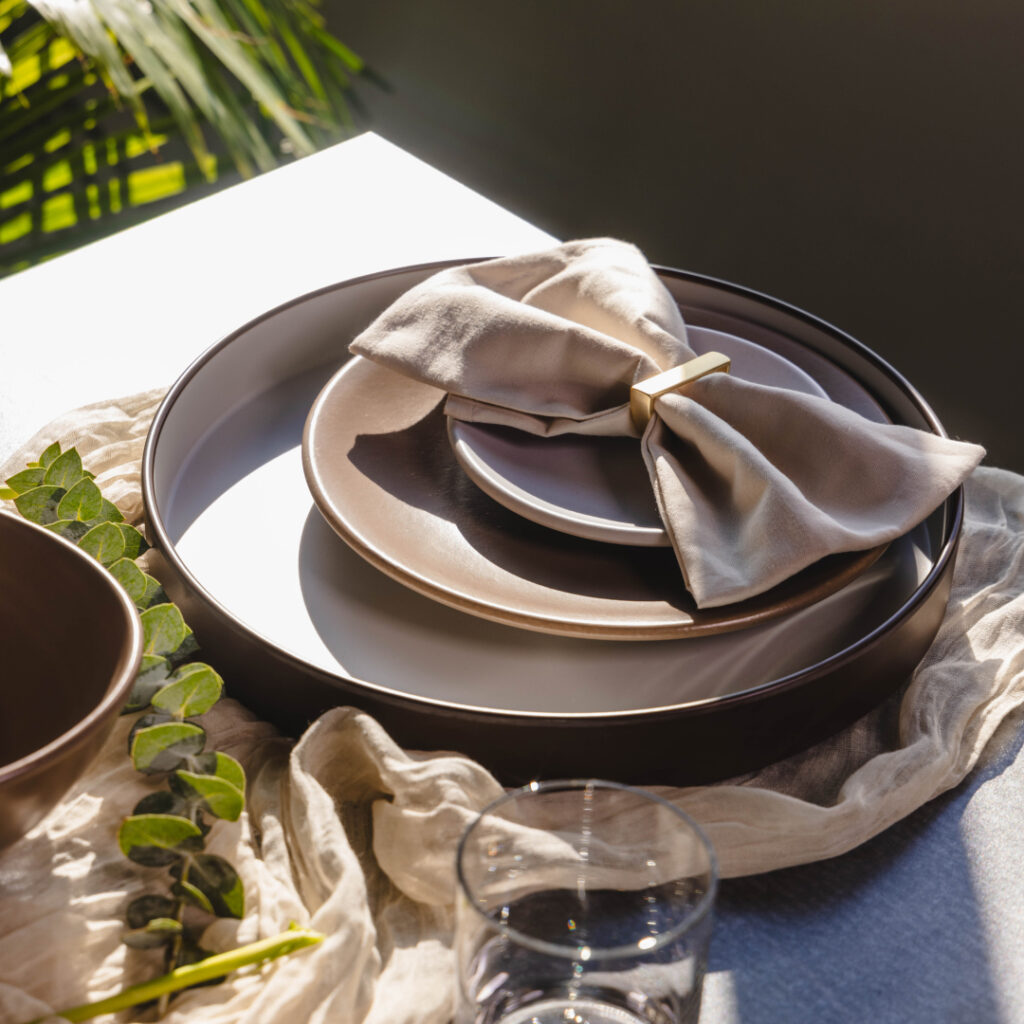
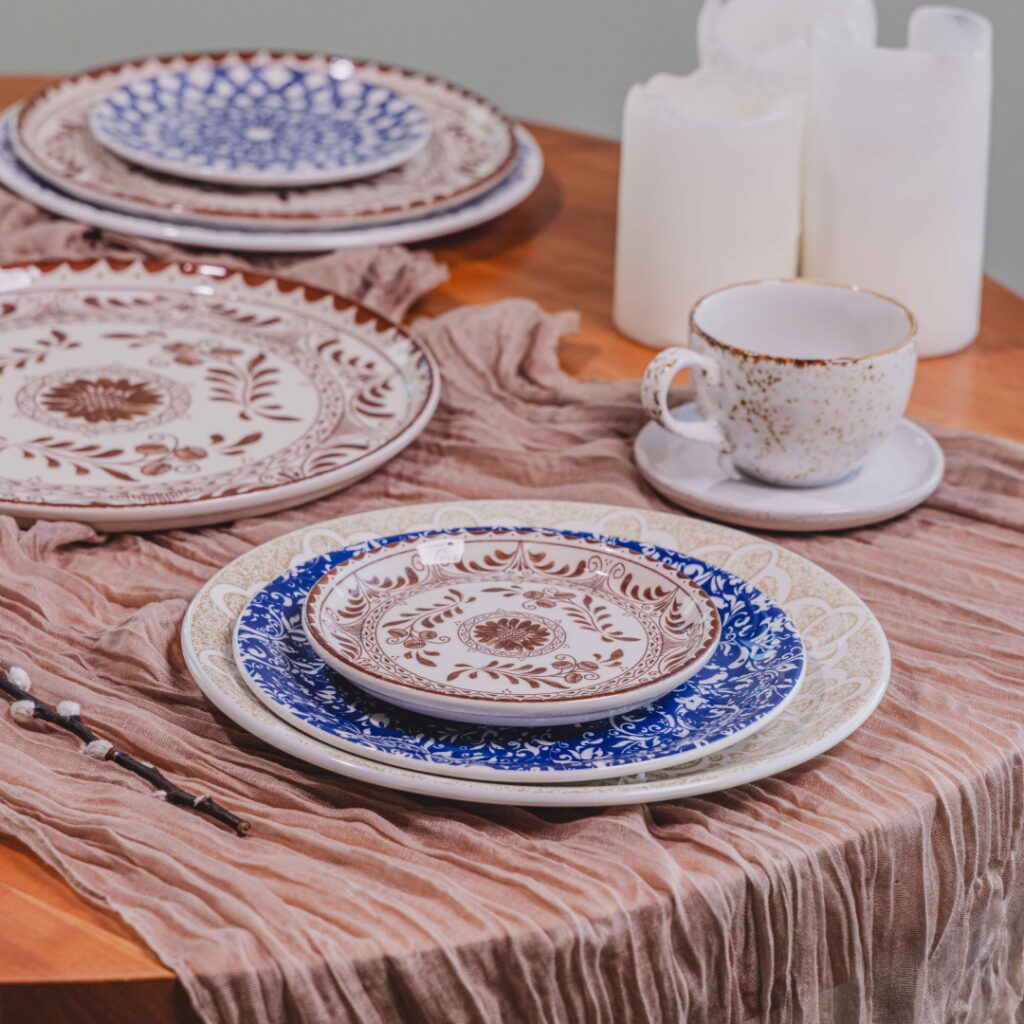
If you’re reading this article, there’s a good chance you’ve seen these two terms a bunch. For years, they’ve been the two sides of the dinnerware coin: melamine best for dive bars that only need durable plateware, and china best for the fancy, white tablecloth meal with the in-laws.
Thankfully, modern restaurants can have their cake and serve it too—the lines between china and melamine are being redrawn every year, giving restaurants the ability to mix and match each style, free from the traditional argument of durability vs. luxury.
What is Melamine?
Melamine is a polymer-based material known for its durability—anyone familiar with Formica countertops is familiar with melamine.
What started out as a “cheap, plastic alternative” to china dinnerware in the 1950s has become a mainstay in both at-home and in-restaurant dining.

| Pros of Melamine | Cons of Melamine |
|---|---|
| ✅ Affordable | 🚫 Not Microwavable |
| ✅ Durable | 🚫 Not Oven-Safe |
| ✅ Temperature-Resistant | 🚫 No Serrated Knives |
| ✅ Dishwasher-Safe | 🚫 No Abrasive Cleaning Products |
When to Use Melamine

Initial Affordability
You’ll spend anywhere from $4 to $55 for a melamine plate, while a china plate will cost between $10 to $40.
Low-cost china will damage much more easily, while high-end melamine that best mimics china maxes out the budget.

Lasting Durability
The average yearly replacement rate for melamine dinnerware is between 10% and 20%, while that rate for porcelain is between 50% and 150%.
Replacing a plate every 2–5 years vs. every 3–6 months is the main deciding factor for choosing melamine over china.

Temperature Safety
Melamine does not absorb heat, making it ideal for safely serving any plated food under 160°F.
For those regularly serving children and the elderly, or those with a wait staff tired of saying “Careful—hot plate!” to the customers, melamine can be enormously helpful.

Automatic Dishwashing
When washing by hand isn’t an option—whether due to space, staff, or speed of service—you can reliably place melamine dinnerware in your dishwasher.
When to Avoid Melamine

Reheating Operation
If your business relies on any type of heating following plating, whether that’s a heat lamp, microwave, or in a conventional oven, you can’t use melamine. Some types of china will also fall short here—these operations should instead explore stoneware.

Serrated Blades
Steak knives can tear into the coated surface of melamine, making a plate unsafe for foodservice. Melamine works best when forks, spoons, and light-edged knives (butter knives) are the main cutlery pieces at the table.
Caring for Melamine
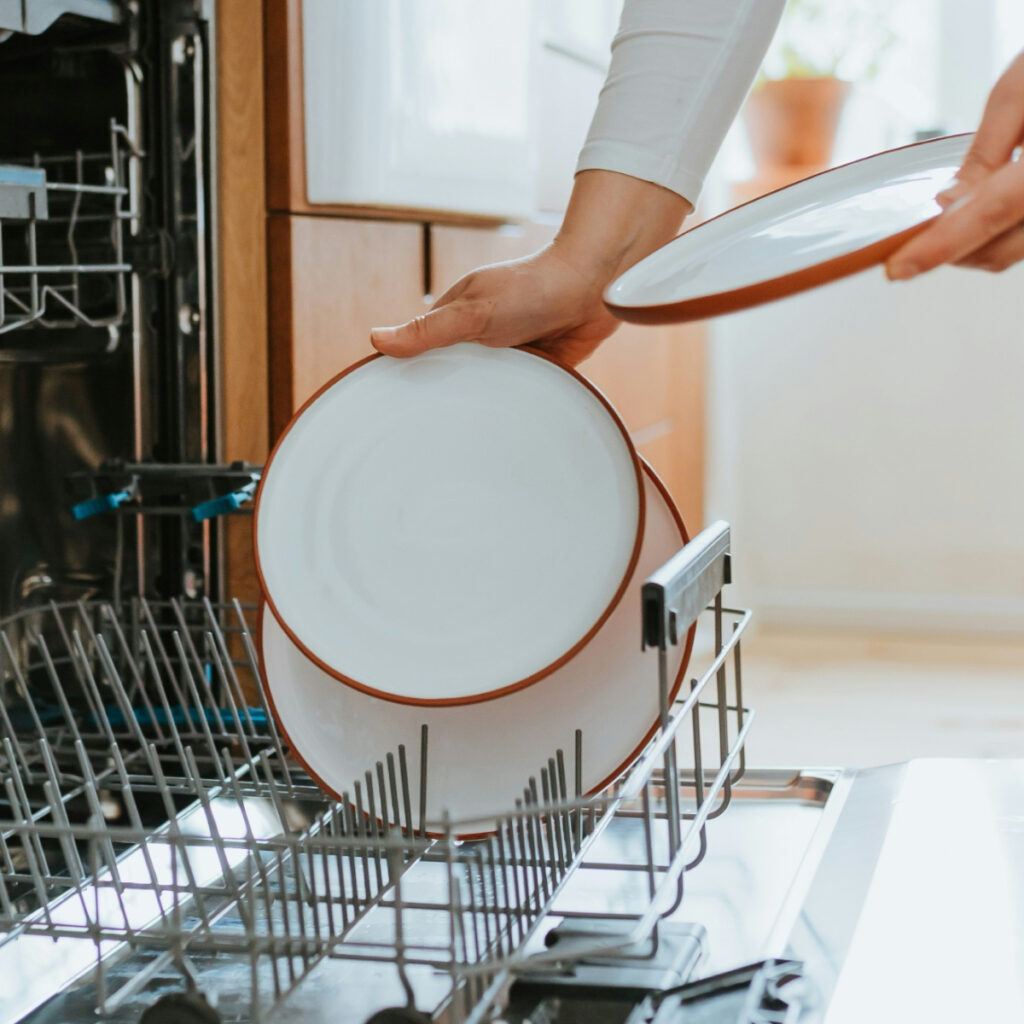
It may seem that there is a lot of care involved with melamine products, but it really comes down to one point only: don’t damage the surface.
You’ll see a lot of warnings on many sites surrounding the use of any plastic material in foodservice—there should be warnings: we’re talking about the health and safety of you and your customers. For normal, every-day use, the FDA approves the use of melamine in the kitchen, and as long as you discard damaged melamine (most are recyclable!), there’s no need to worry.
What is China?
What started as a term for porcelain products, “china” is now a blanket term for all ceramic dinnerware, including Porcelain, Bone China, Stoneware, and Earthenware.
There’s a reason your grandmother only puts out the heirloom china on special occasions: it is traditionally the most ornate and most fragile of dinnerware. All that has changed in the modern world, though, so let’s dig in.
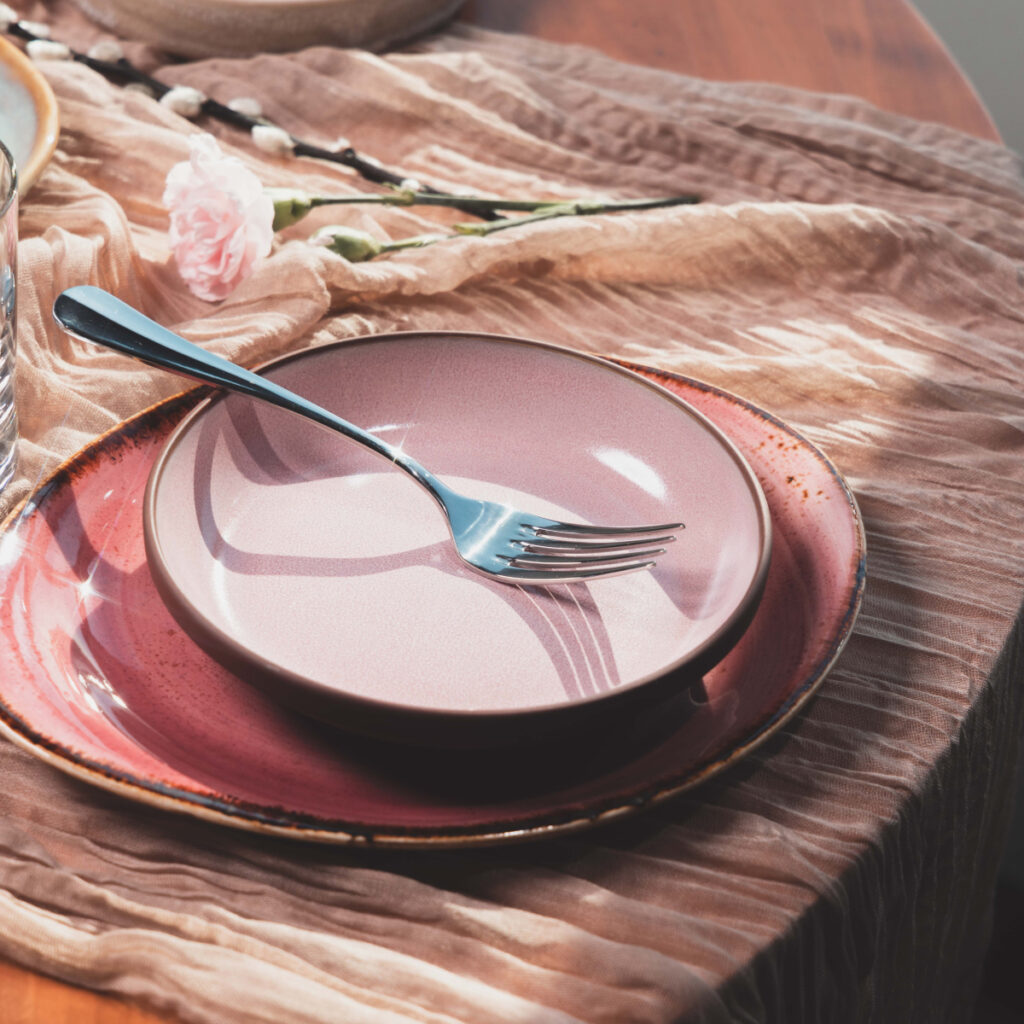
| Pros of China | Cons of China |
|---|---|
| ✅ Oven-Safe (Stoneware) | 🚫 Chipping (Stoneware) |
| ✅ Non-Porous (Porcelain) | 🚫 Sometimes Porous (Earthenware) |
| ✅ Retains Heat (Stoneware) | 🚫 Expensive (Bone China) |
| ✅ Timeless Presentation (Porcelain) | 🚫 Breakable (Porcelain) |
When to Use China

Reheating Operation
When you need to heat a plate in an oven or place food under a heat lamp, it’s best to use stoneware. Stoneware is safe for temperatures up to 500°F—just make sure to not suddenly cool a hot piece of stoneware or else it can crack.

Sink Washing
As porcelain is coated and nonstick, it can stand up to vigorous washing by hand. Most lines are also dishwasher safe, so be sure to check the specifications for your china before purchase.

Keeping Food Hot
If your kitchen has an issue with food cooling at the pass before wait staff can send it out, then stoneware is a great option. Hot food will keep its temperature longer when plated on china, which is especially true for stoneware.

Upscale Presentation
Let’s face it—perception of quality is almost as important as quality itself in the restaurant industry. Most porcelain and stoneware is cut-resistant and has a heft that guests can associate with elegance.
From easily cleaning stray sauce when plating to enveloping guests in the clatter of plates in the dining room, there’s an X-factor to using china dinnerware.
When to Avoid China

Durability
While ceramic products have come a long way since your grandmother’s china, they still cannot match the lifespan of melamine. Regardless of your level of care, customers will scratch plates, dishwashers will chip them, and kitchen staff will drop them. Ceramic can never match the lifespan of plastic.

Dishwashing
Plenty of china is dishwasher safe, but not all. The porous finish of Earthenware can cultivate bacteria, which prevents the dinnerware from being washed in a dishwasher and therefore it must be washed by hand. Other porcelain dinnerware must be put in a gentle wash separate from the heavy-duty wash of your melamine and cutlery.

Expensive
As stated above, low-end melamine runs about $4 a plate. Low-end china runs $10. The general rule in the kitchen is to have 3x the amount of dinnerware needed per guest, so if you’re serving 500 plates a night, that’s a difference of $9,000 just on a plate. If your budget permits fine china, it’s a great way to elevate your guests’ experience—but it’s not essential to foodservice.
Caring for China
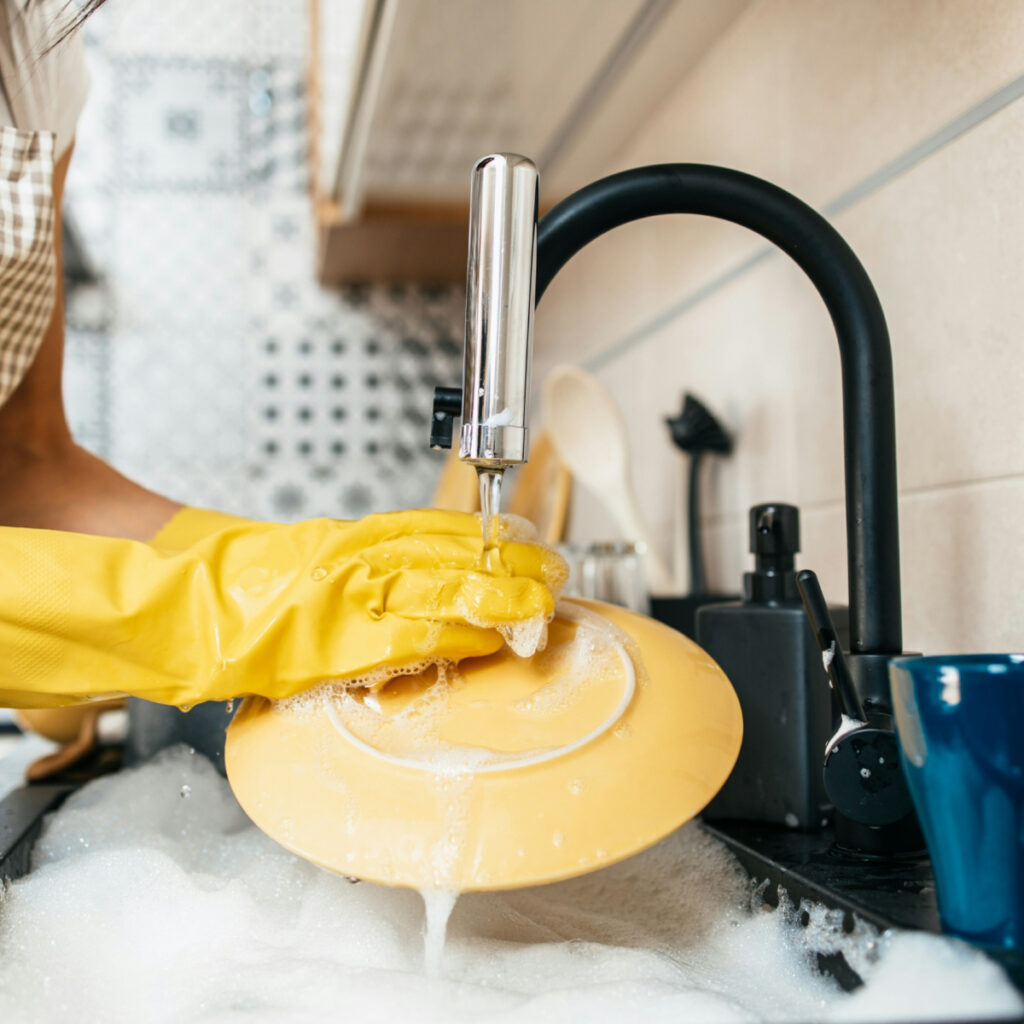
Since china is such a broad category, there’s no universal guideline for caring for it. It’s best to check the spec sheets and descriptions of each product line before adding a product to your cart. Regardless of the type of food your restaurant is serving, the nightly ticket count, or your washing style, there’s going to be a line of china dinnerware that’s right for you. Don’t be completely discouraged by higher costs of replacing china either—you can make it right back from your satisfied customers.
Setting Your Table
Thanks to the elevated design of modern melamine and durability of modern china, it’s never been easier to mix and match both styles of dinnerware into one cohesive table presentation.
Some popular combinations of melamine and china dinnerware include the following:
China Platter and Melamine Plates:
When a shared appetizer is hitting the table, the heat retention of china can help keep food warm, while lighter individual melamine plates help guests pass around their bites without damaging plates or burning their fingers.
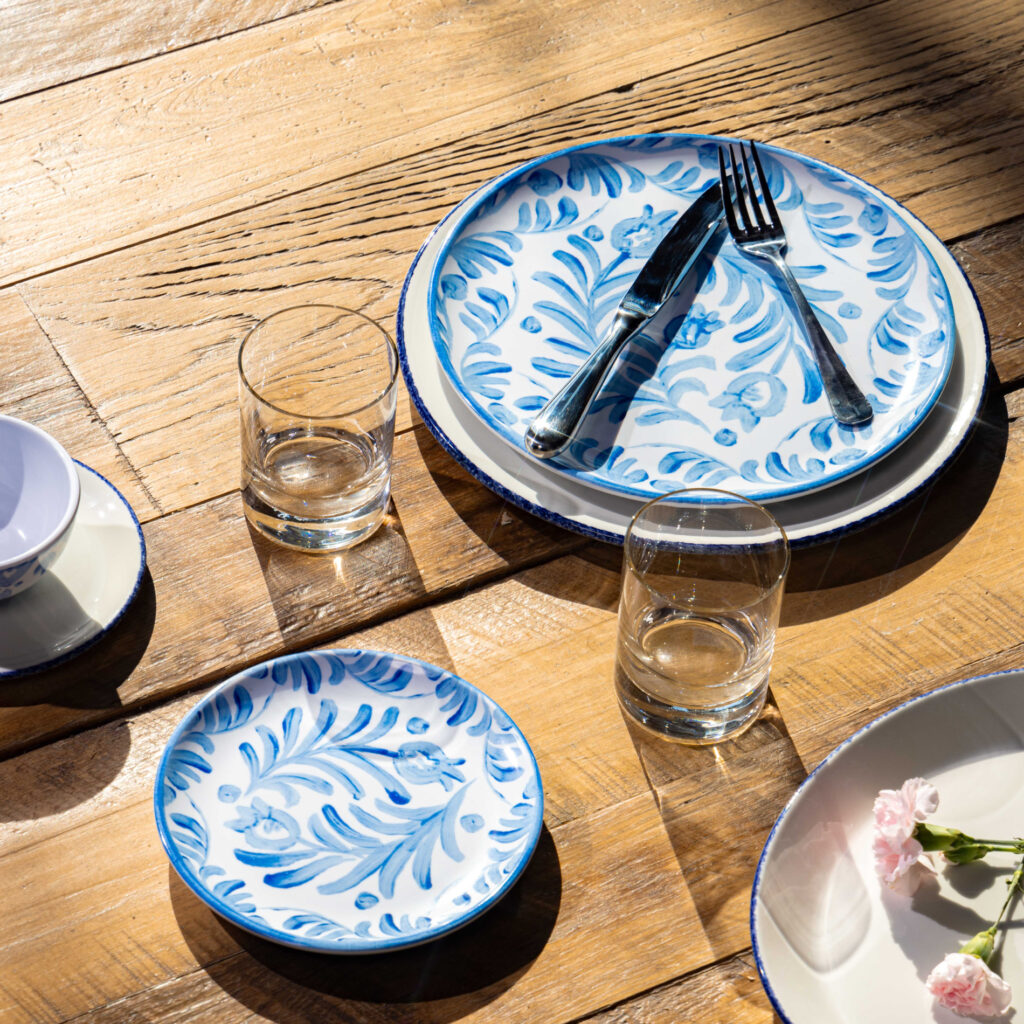
Melamine Bowls on China Plates:
As long as your soup is under 160°F (and it should be for guests to enjoy it!), lightweight melamine allows guests to pick their bowls up and slurp away without burning themselves. China plates sitting underneath keep an elegant weight to the plating and allow for easy cleanup of drips.

China Mugs on Melamine Plates:
The stain-resistance of porcelain defends against the darkest coffee, and the heat retention of the ceramic lets guests sit and relax a while with their drink without it cooling down. Melamine plates keep the weight down when a guest is holding both cup and plate as they sip.
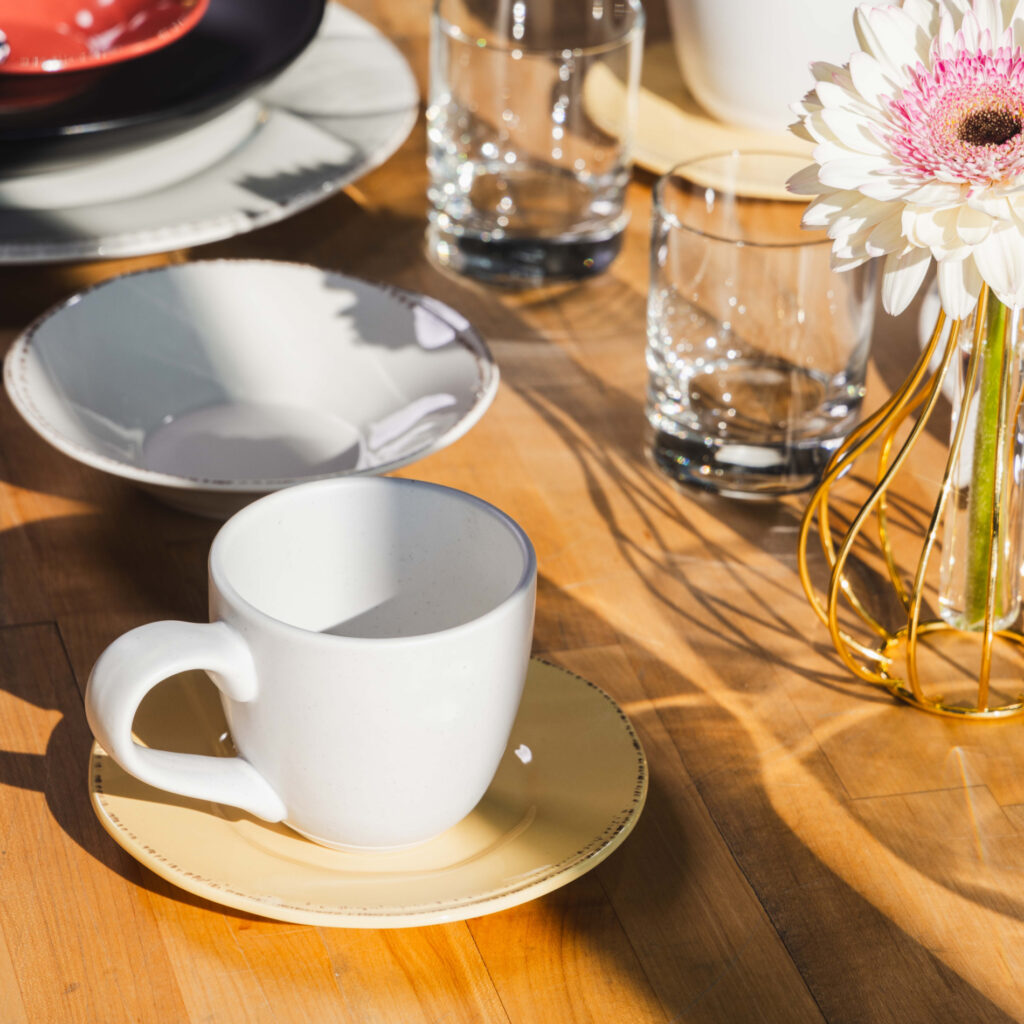
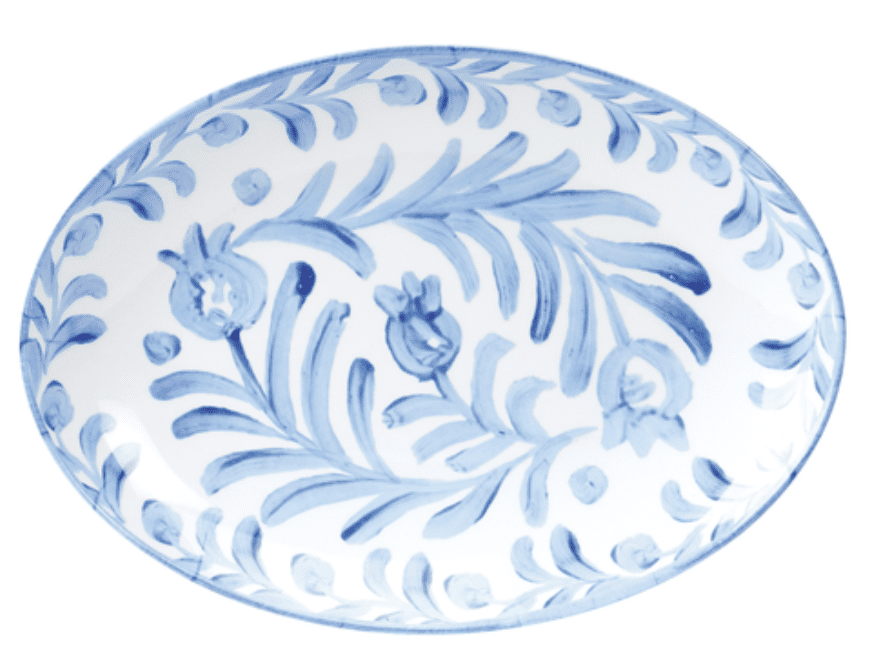
Cal-Mil 22352-11-104 Costa 10 3/4″ x 7 3/4″ Blue and White Oval Melamine Platter
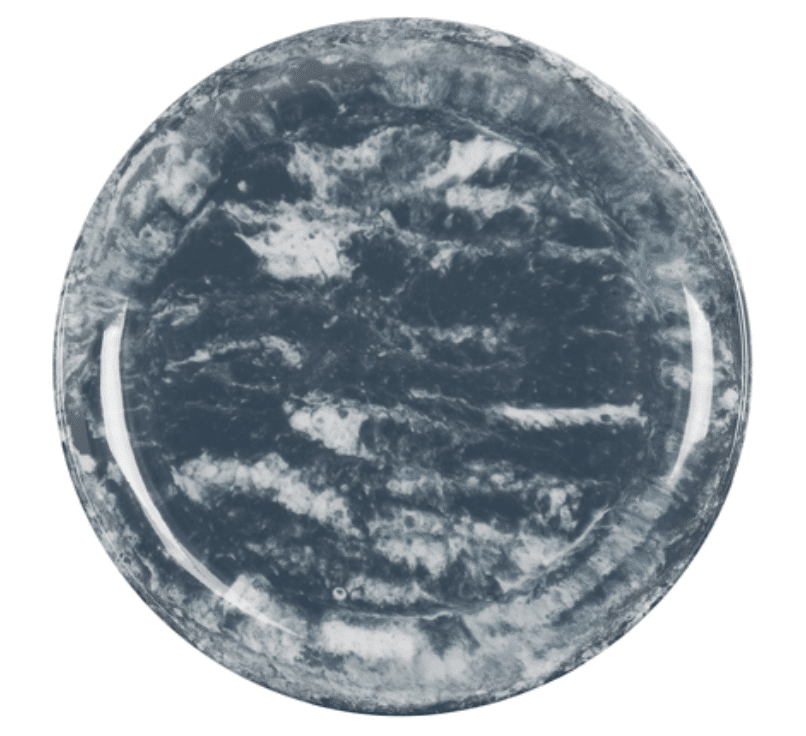
Cal-Mil 22351-10-119 Reactive 10 3/4″ Blue and White Round Melamine Plate
For the brightest shades and most inventive shapes in the game, be sure to check out the Pebblebrook and Farmhouse lines from Libbey:
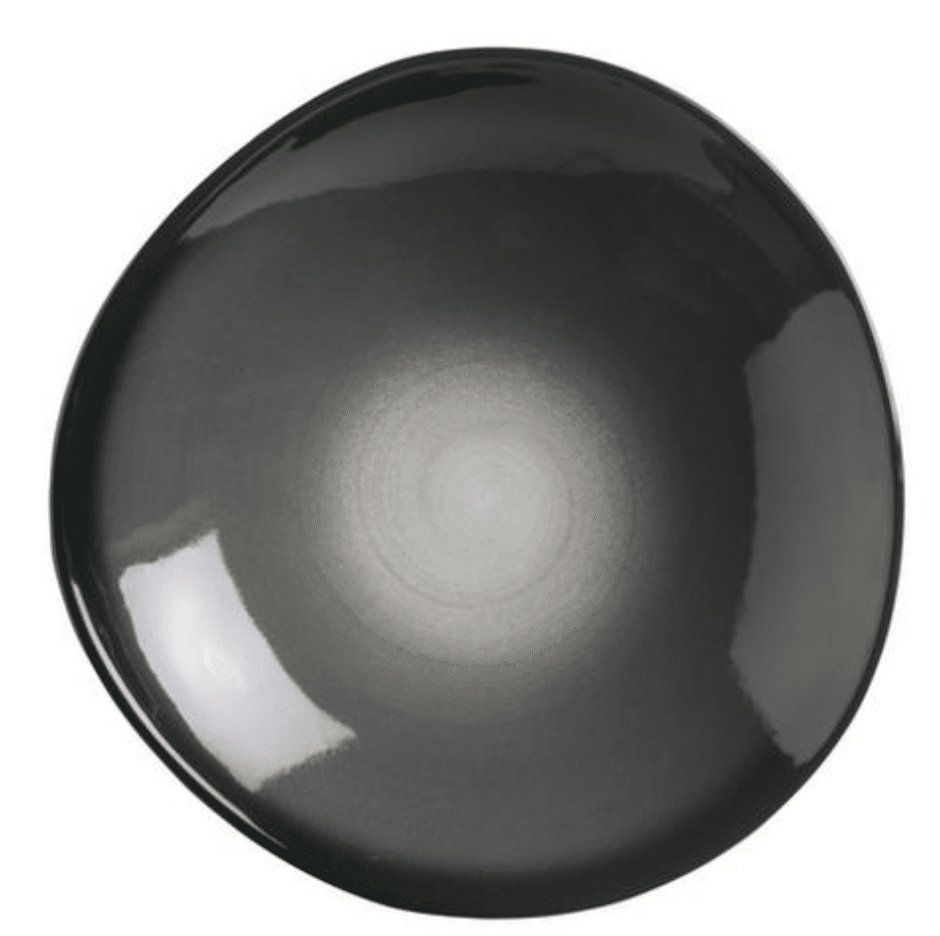
World Tableware PEB-13-O Pebblebrook 30.25 oz. Obsidian Bowl
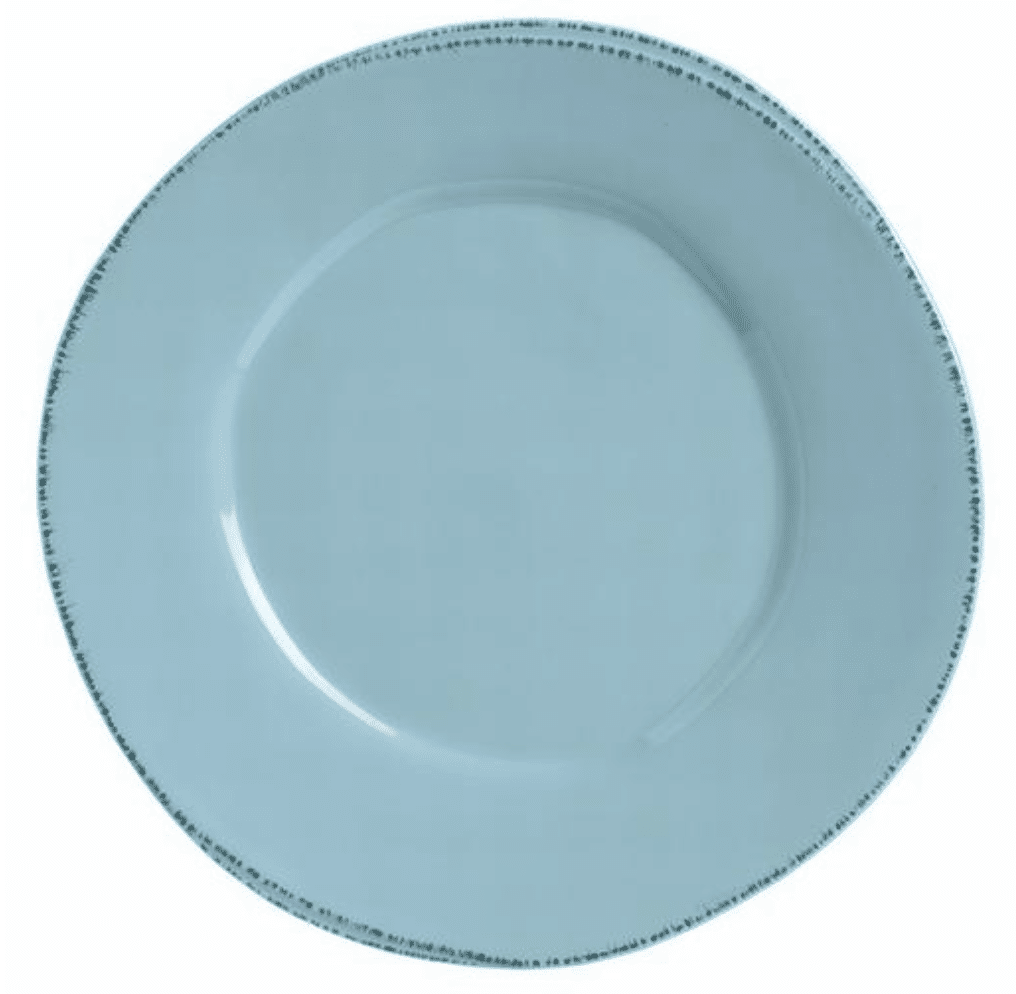
World Tableware FH-500H Farmhouse® 6.375″ Round Blue Hen Wide Rim Plate
For the very finest in ceramic dinnerware that will immerse your guests from the minute there food hits the table, check out Robert Gordon’s Potter’s Collection and Forager Collection, exclusively from Steelite:
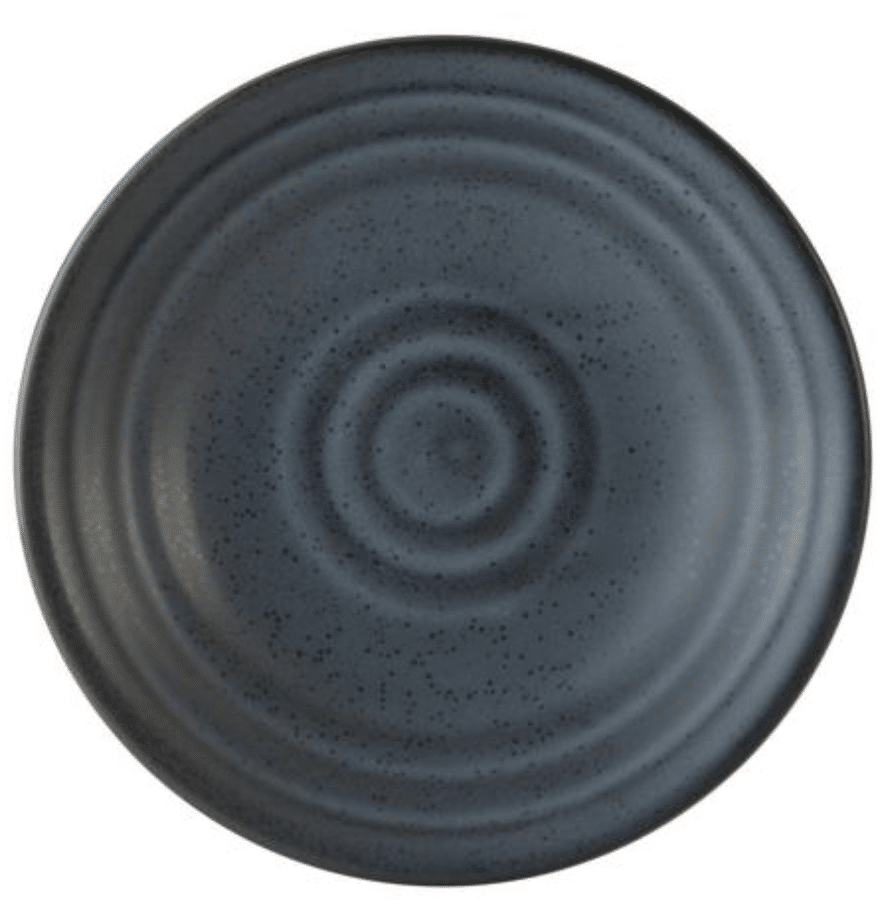
Robert Gordon Potters Collection Storm Coupe Dish D 7.25″ H 1.5″

Robert Gordon Forager Tray L 13.5″ W 6.5″ H 2.5″
Any more questions about which material best fits your service? Drop us a line at help@eleven36.com or give us a call at (888) 635-6552.

